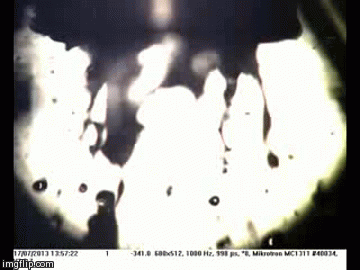LIDESP is an International Advanced Course on the Interface, Drops and Liquid Sprays Physics, which is held every year in different locations around the world. The core of the lecture plan is provided by three well-known and highly recognized experts in the field: Prof. Amirfazli, York University, Toronto, Canada, Prof. Bertola, University of Liverpool, UK, Prof. Marengo, University of Brighton, UK. Depending on the venue, some modules of the program are taught by local experts, under the coordination of Host Directors.





The knowledge of the physics of liquid drops and sprays is essential for many applications, from aeronautics (icing) to oil extraction (effervescent spray, drop collisions in pipes), from electronics (spray cooling) to agriculture (pesticide distribution), from microfluidics (droplet management) to painting processes (spray coating), from biology (blood droplets, sterilization) to thermal transfer (condensation in heat exchangers), from chemistry (drying tower) to medical applications.
The course is addressed to scientists, professionals, company engineers, R&D managers and graduate students in the fields of Engineering, Chemistry, Biology, Medicine, Applied and Fundamental Sciences. This course is especially of interest to those dealing with phenomena involving drops and sprays, in order to get acquainted with the traditional background and the most recent developments of the discipline.
The course objective is to provide the participants with today’s detailed knowledge on the physics of drops and sprays based on recent research results and the most updated methods for the prediction of dynamic outcomes, heat transfer, wettability effects, and its applications to technological and industrial areas. Specific attention will be paid to the applications in life science, such as microdroplet management. Application to chemical processes will be dealt with special care in view of the industrial interest towards this component, while the very recent application of drop management in microscale, including microstructured surfaces will be treated in detail.

